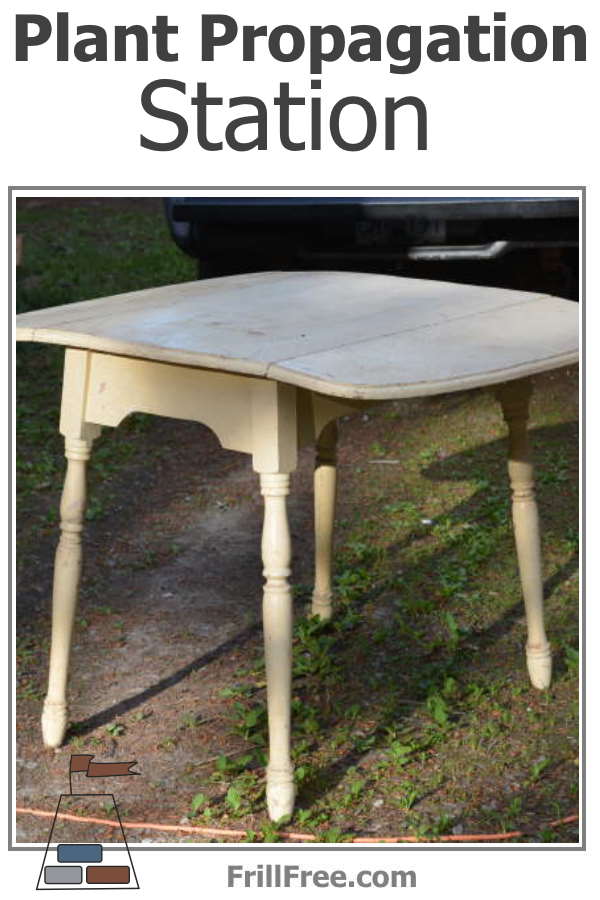- Homesteading
- Frugal Gardening
- Plant Propagation Station
Plant Propagation Station
Everything You Need for Success
The moment you get hooked on plants is when you need a designated area to take cuttings and root them, pot up seedlings, and generally produce more plants.
You don't need a laboratory, with expensive equipment. The main requirements are a bench of some kind that's at the right height for you to work comfortably, a place to store things, and bright light to put the plants and cuttings to adapt to their new environment.
Don't think this means full sun - most plants won't appreciate being put into bright light immediately. Let them adjust to gradually brighter light.
This is especially important if you use plastic or glass covers when you're propagating. The intensity of the light, plus the build up of heat, will kill most cuttings or seedlings.
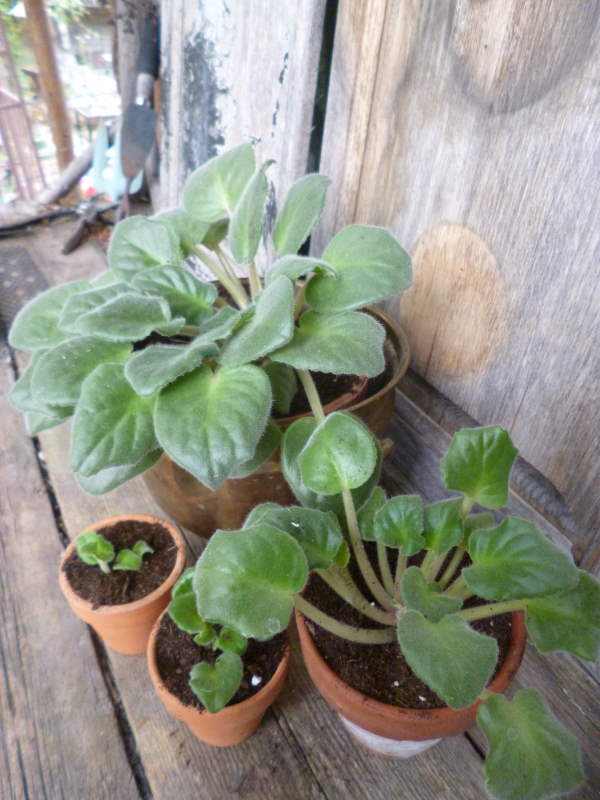 African Violets being re-potted
African Violets being re-pottedCleaning up should be easy - if you're like me, propagating plants makes some mess.
Put a plastic sheet or a table cloth on the surface to make it easy to wipe down - this will keep diseases and pathogens to a minimum. Make a diluted bleach solution (10% bleach to water ratio works well) to mop it. Let this dry before you use the area.
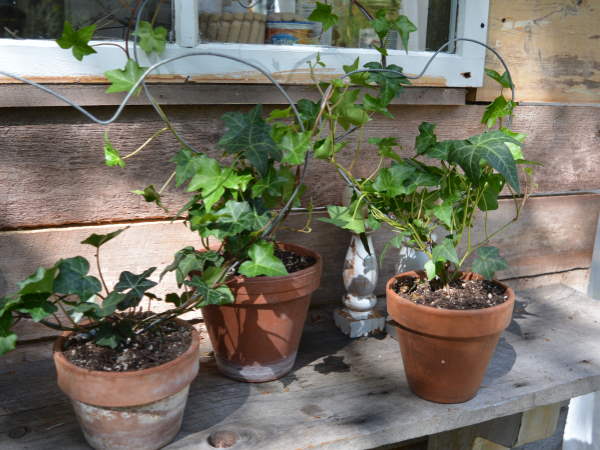 Ivy Topiary on a shaded bench
Ivy Topiary on a shaded benchA water source is nice, but not essential. Watering devices like spray bottles and watering cans will do the trick.
Pre-warmed or tempered water is best for most plants. This prevents root shock.
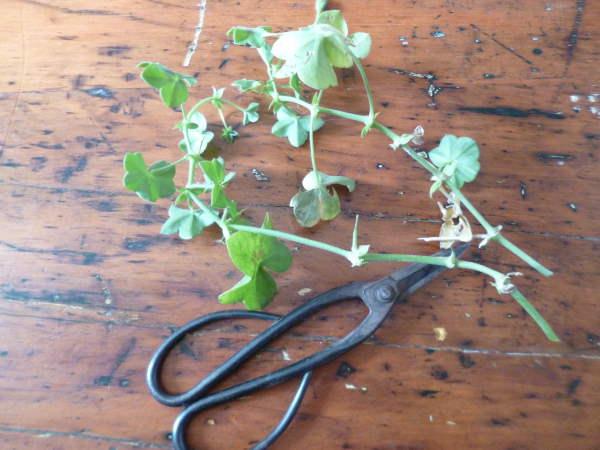 Geranium Cuttings
Geranium CuttingsYou'll need a place to store pots and flats, as well as some sterilized potting soil, labels, waterproof pen, knife and pruners (or whatever you'll be using to take the cuttings) and possibly some jars to keep seeds in safely.
The area you choose should be under cover to protect from rain, and out of the direct sun.
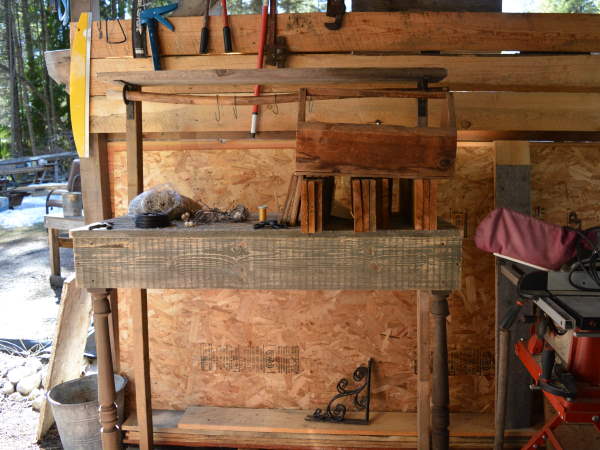 Potting Bench tucked away under an overhang
Potting Bench tucked away under an overhangA portable bench or potting bench can be perfect for your needs starting out, or a corner of a greenhouse bench or in a shed.
Use a kitchen table, outdoors preferably, or a shelf on the side of a shed.
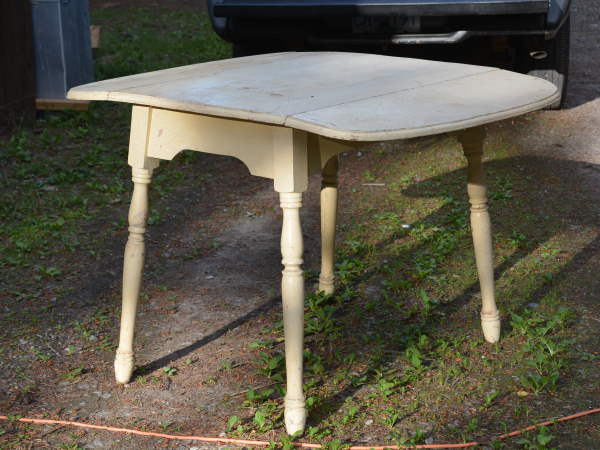 An Old Kitchen Table makes a good potting station
An Old Kitchen Table makes a good potting stationFor storage of potting supplies, use old buckets or wooden crates for a truly rustic looking plant propagation station. Keep your tools stored in a dry place so they don't rust.
